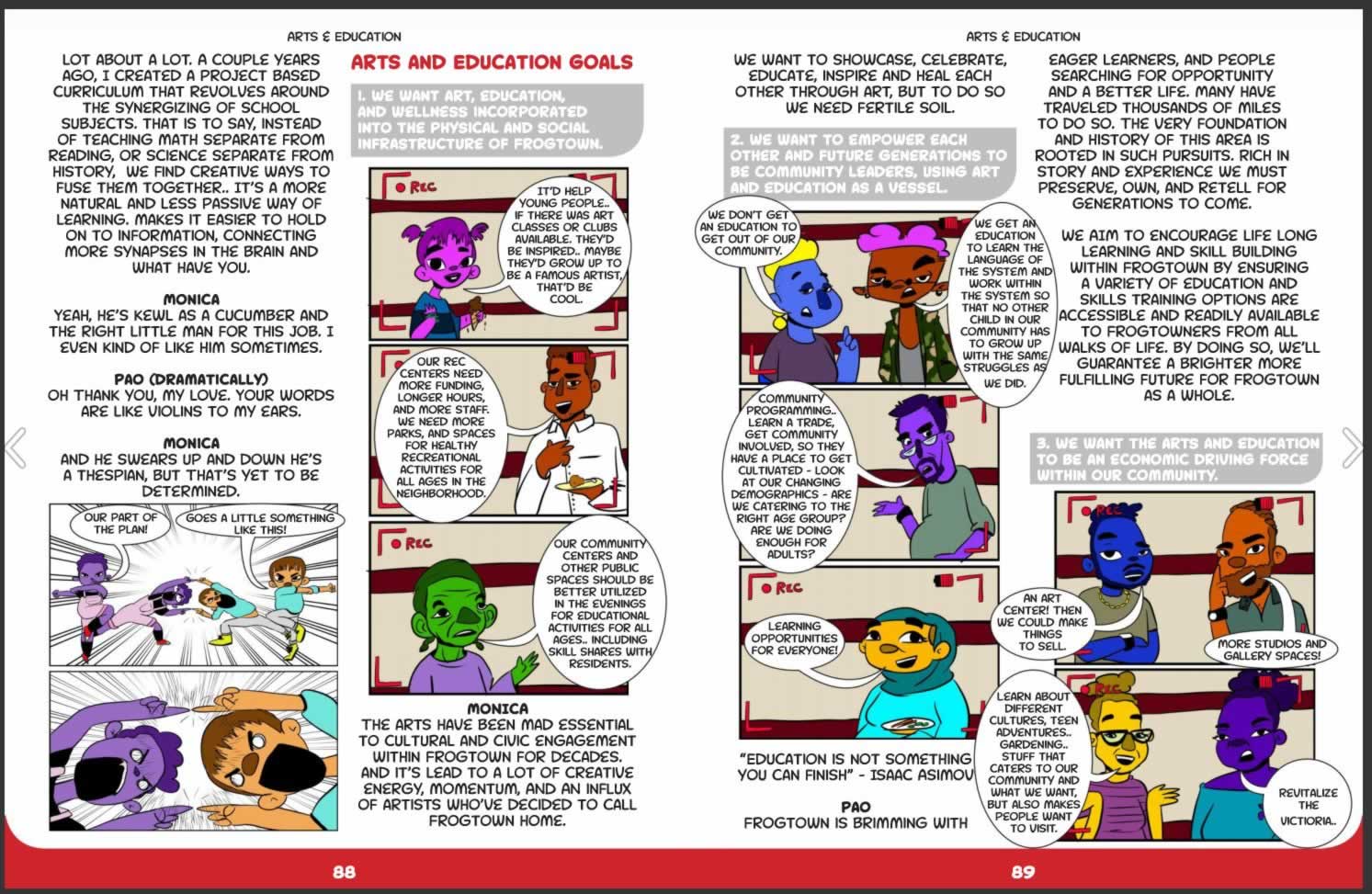Last week in reaction to my post about Colleen Dilenschneider’s suggestion that cultural non-profits continue their marketing efforts during the Covid-19 shutdowns with a shift in focus, Carter Gillies made a number of comments on my post warning about making the marketing all about the organization rather than outwardly focused on the needs of the community.
So it seems absolutely vital that we take as much of the cues for misperception off the table. Even if we are not actively ‘selling’ anything, we can’t let the public be confused that our motivation at this point is somehow still about ‘us’. The Starbucks CEO was absolutely terrified that his attempts to remedy racism would be seen as more marketing. Marketing in normal circumstances is, well, normal. In a climate where the focus is so narrow, as it is today, we must pay special attention to doing what is right FOR the community, whether-it-is-right-for-us-or-not. If we are perceived as merely doing what it takes to promote our own identity and importance this will quickly backfire. Even saying organizations should be “maintaining high levels of awareness and being top of mind in the meantime” sounds offensive and selfishly oriented.
When I was writing about Dilenschneider’s post, I was envisioning that she was encouraging organizations to provide content on social media about streaming events, online activities, creative projects you can do at home, pretty much as they are doing now.
Keven Karplus chimed in with a comment pointing at such a home activity that the Santa Cruz Museum of Art and History had recently posted.
So it didn’t really surprise me when the erstwhile director of Santa Cruz Museum of Art and History, Nina Simon, made a post on Medium wondering if this spate of event streaming and online activities was really the best approach. I had been harboring the same questions about whether the rush to provide content would ultimately be in the best interest of the arts and culture community.
Part of my concern was that organizations might be providing validation that a virtual experience was as good as an in-person experience. If the organization is able to pull this sort of thing out of their back pocket in a week, then they have the capacity to provide it on a continuous basis, right? Many people may not realize that a lot of the content is archival and was never intended to be seen by an audience. American Theatre has a great piece that talks about many of the factors that are weighing on people’s minds as they make content available.
In her post Simon writes,
And it makes me wonder: is this the most meaningful way cultural organizations can contribute — or is it just the fastest way?
I’m not opposed to these offerings. I can see the hope and pleasure small snippets of art, music, history, and nature provide. But why are we doing it? Are we doing it based on some kind of expressed community need? Are we doing it with an eye towards serving communities that are struggling most? Or are we doing it to assure ourselves that we are “doing something,” to assure our donors we still exist— and that our jobs are worth keeping (which is in itself important!)?
You could argue that these organizations are contributing what they do best. But we’re a creative sector, and I think we could get more creative. In the race to deliver, I worry we may distract ourselves from the potential to envision and deliver true community value.
She lays out four steps she is using to figure out how to best contribute. As I read them, there was nothing I hadn’t heard before regarding connecting with new segments of the community. Only, now that there is less activity in our organizations, we have more time and energy to focus on following these steps.
1 – Select A Community Focus – she gives the example of homeless, elderly, nurses, but they can be any group.
2- Listen To The Community – While you can’t physically meet with people associated with your chosen segment, you may have the time to use social media to research, identify leaders, resources and challenges that face the community
3- Map Your Skills and Assets – I have to quote Nina directly here because she points out assets you may not think of (i.e. lending a lonely family member your dog)
If you’re exploring this as an individual, you might have assets like your time, your bilingualism, or your ability to cook. As an organization, you might have assets like a building, a digital following, or the ear of the mayor.
For me, the most important part of this step is creative dot-connecting. How can you use your creativity to make unexpected connections between what is desired and what you have? These connections don’t have to be huge to be meaningful
4- Check Your Assumptions – Nina points out she didn’t just drive to her sister’s house with a 70 lbs dog and drop it off, she had a conversation first. Nor should you decide what the segment of the community needs from you before marshaling your energy and resources.
Toward the end of her post, she encourages moving fast when there is an obvious way to contribute, but move slow when the path is not obvious or creativity could yield better results. She lays out a deliberate approach she is using in applying the four steps above and estimates it will be three-four weeks before she comes up with something concrete and useful.
As I do with many of my posts, I encourage readers to read her whole post in depth rather than relying on my imperfect synopsis. Especially since she lays out her argument much more convincingly than I have.












I've been to a few of the Science on Tap events, though I never gave a talk at one of…